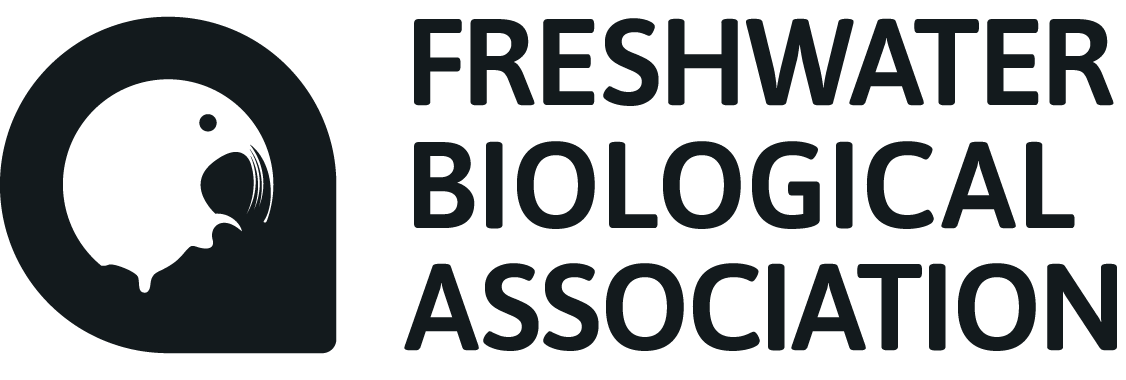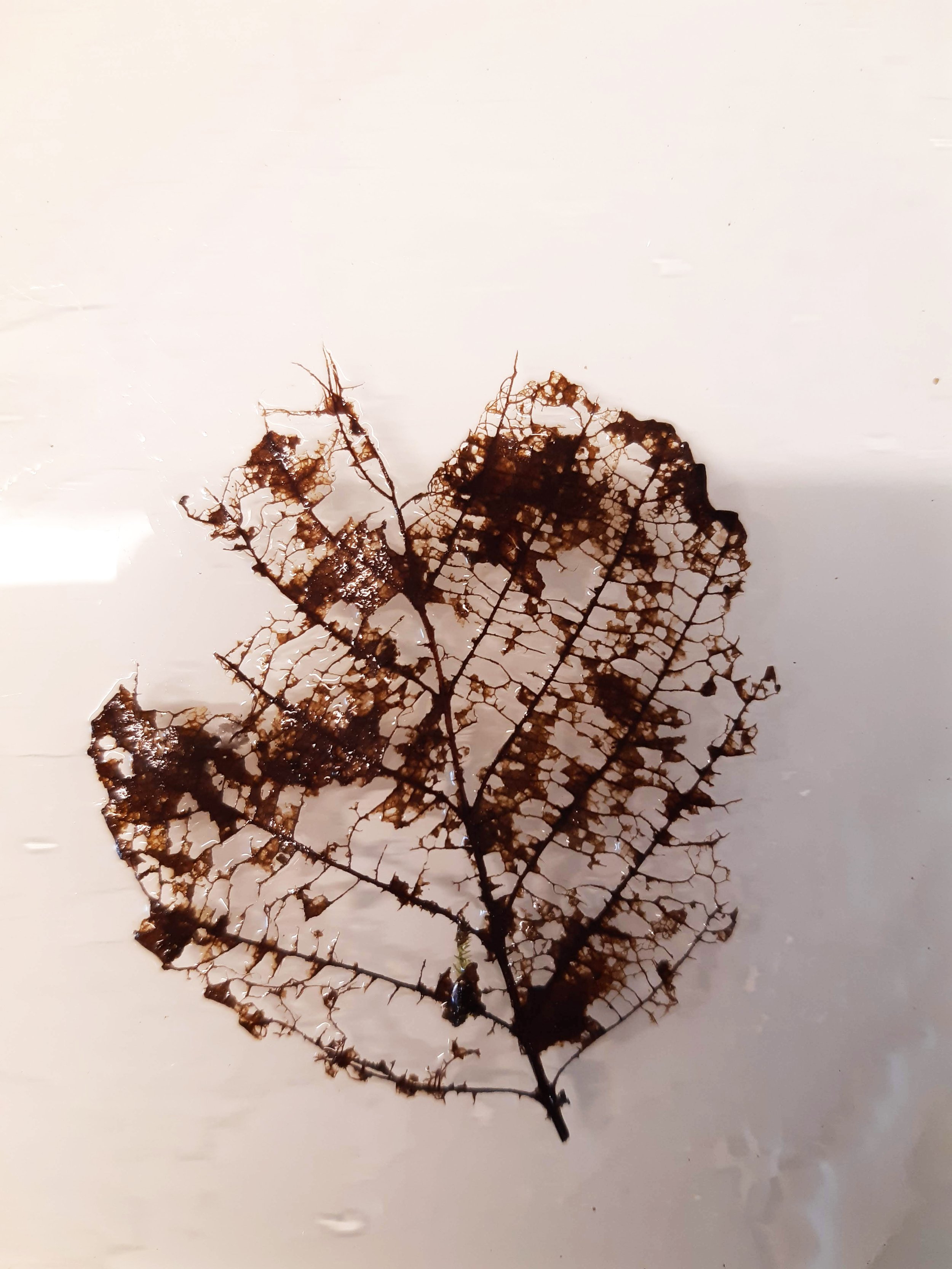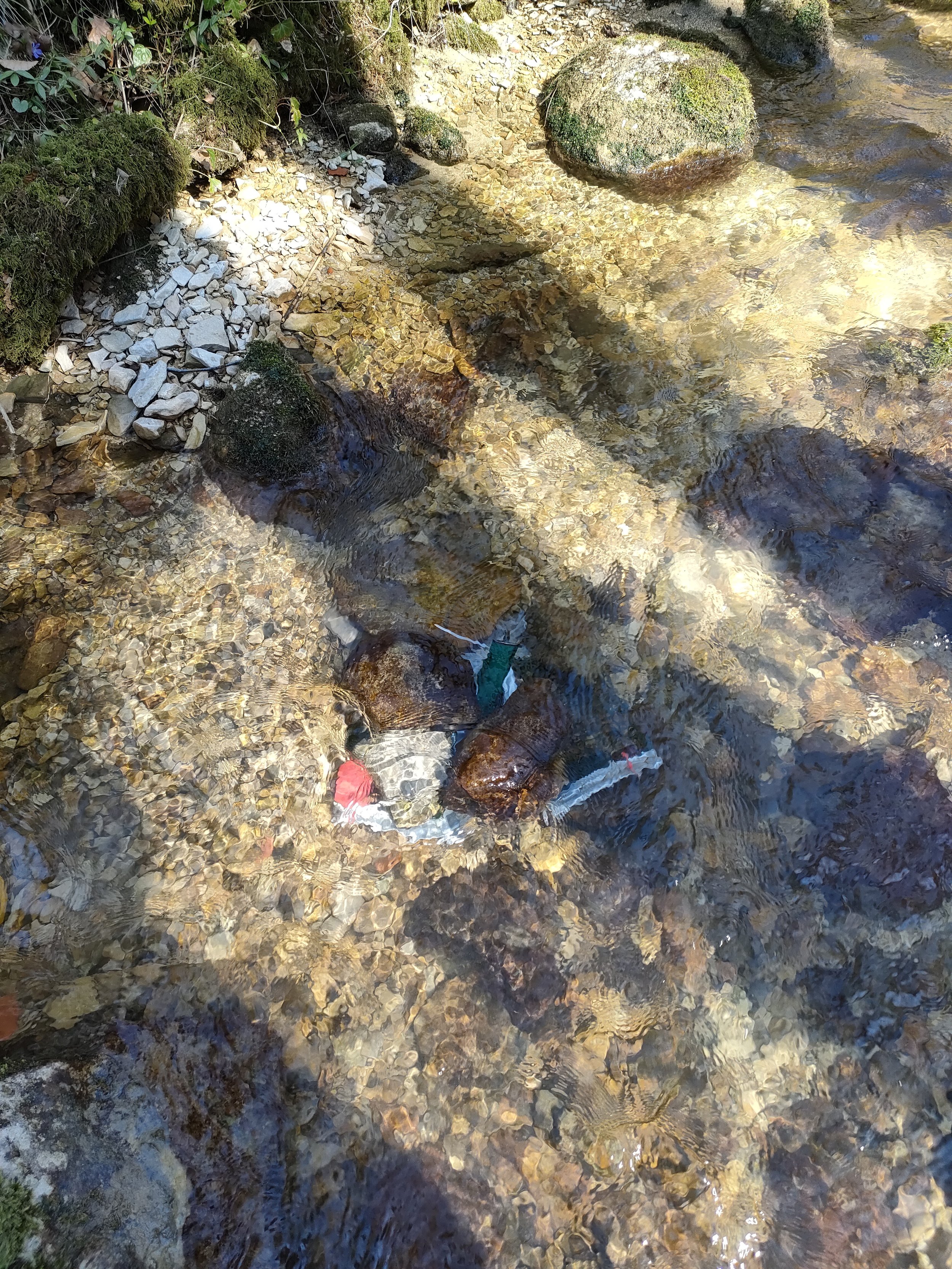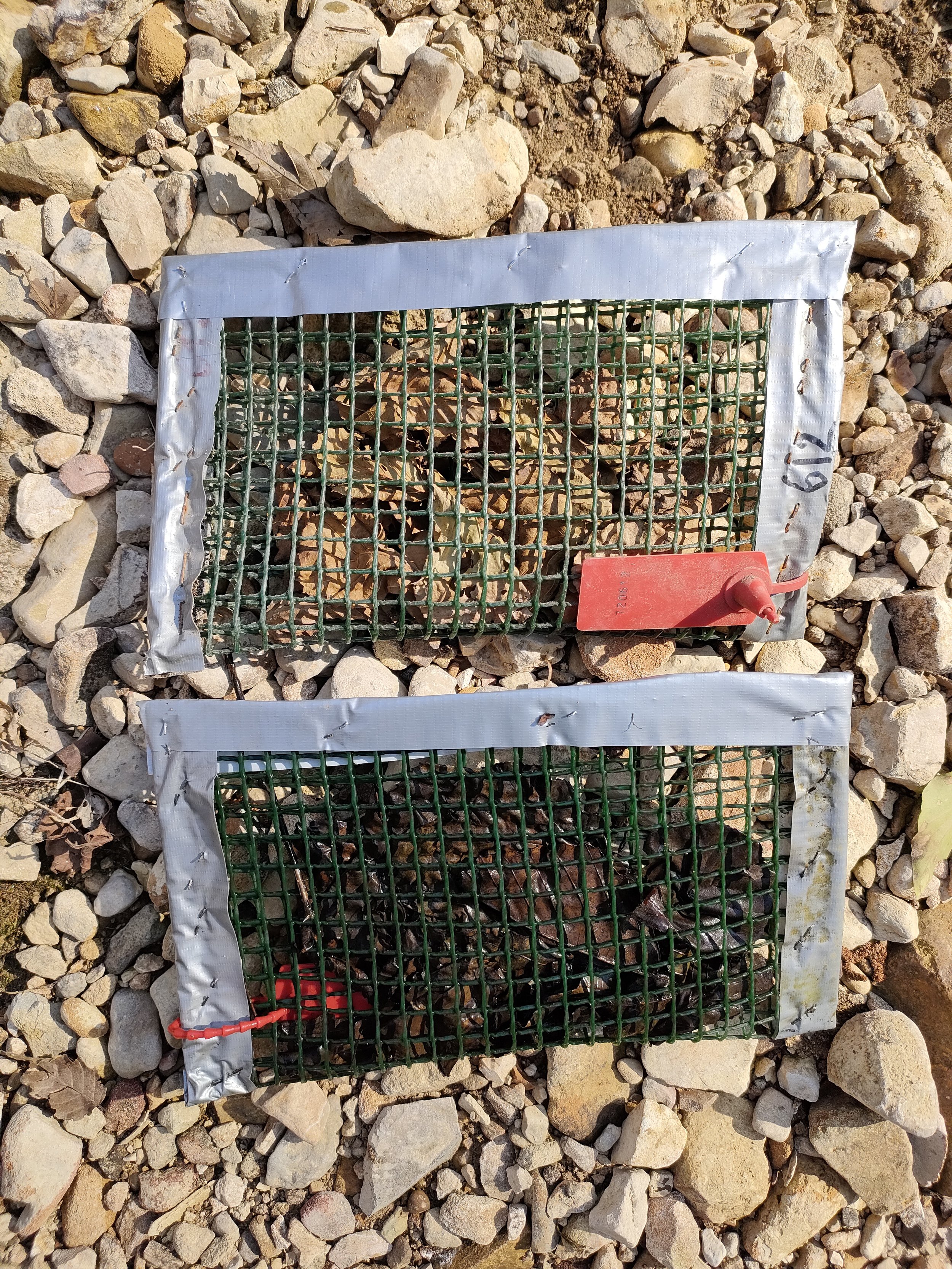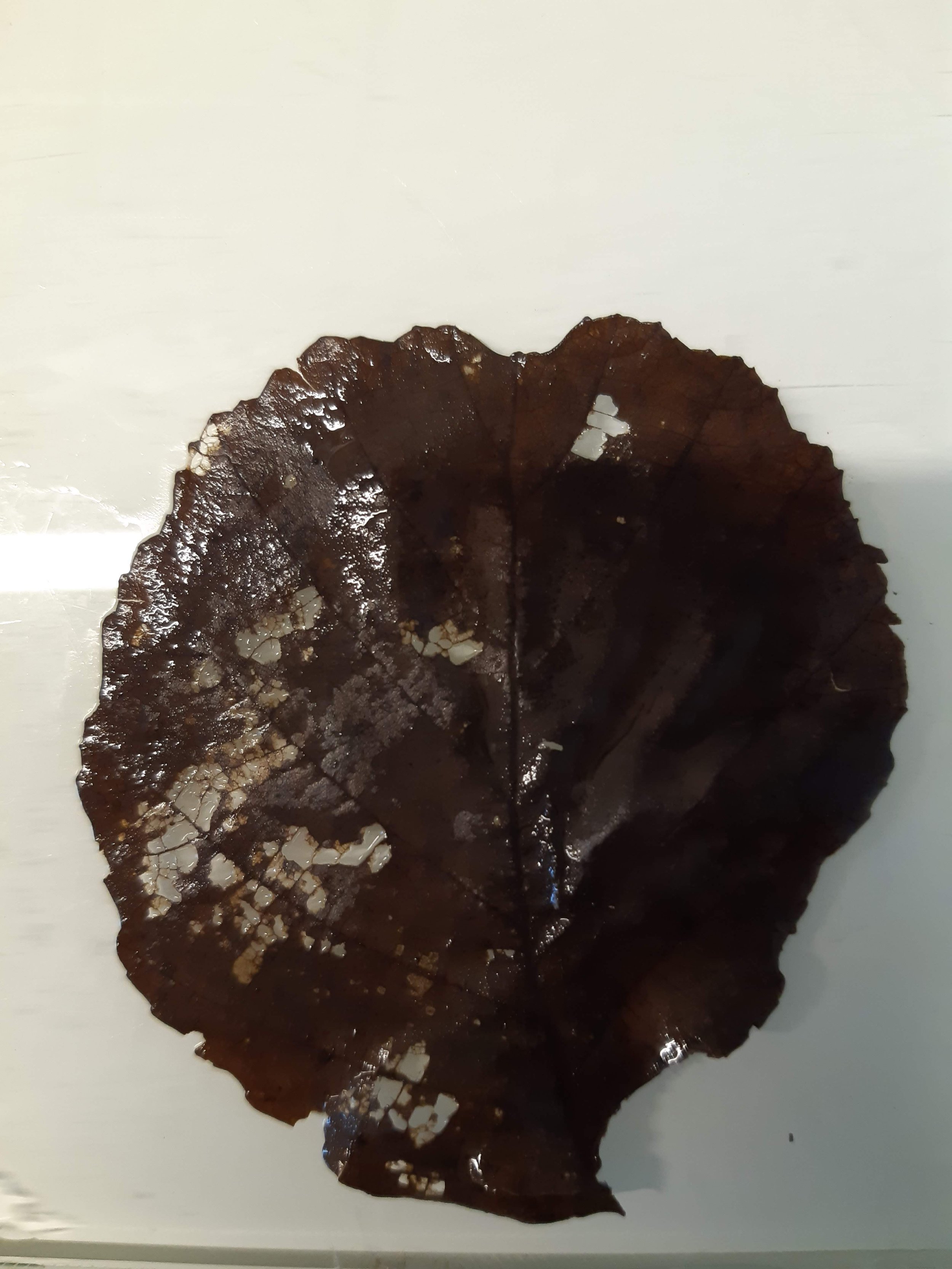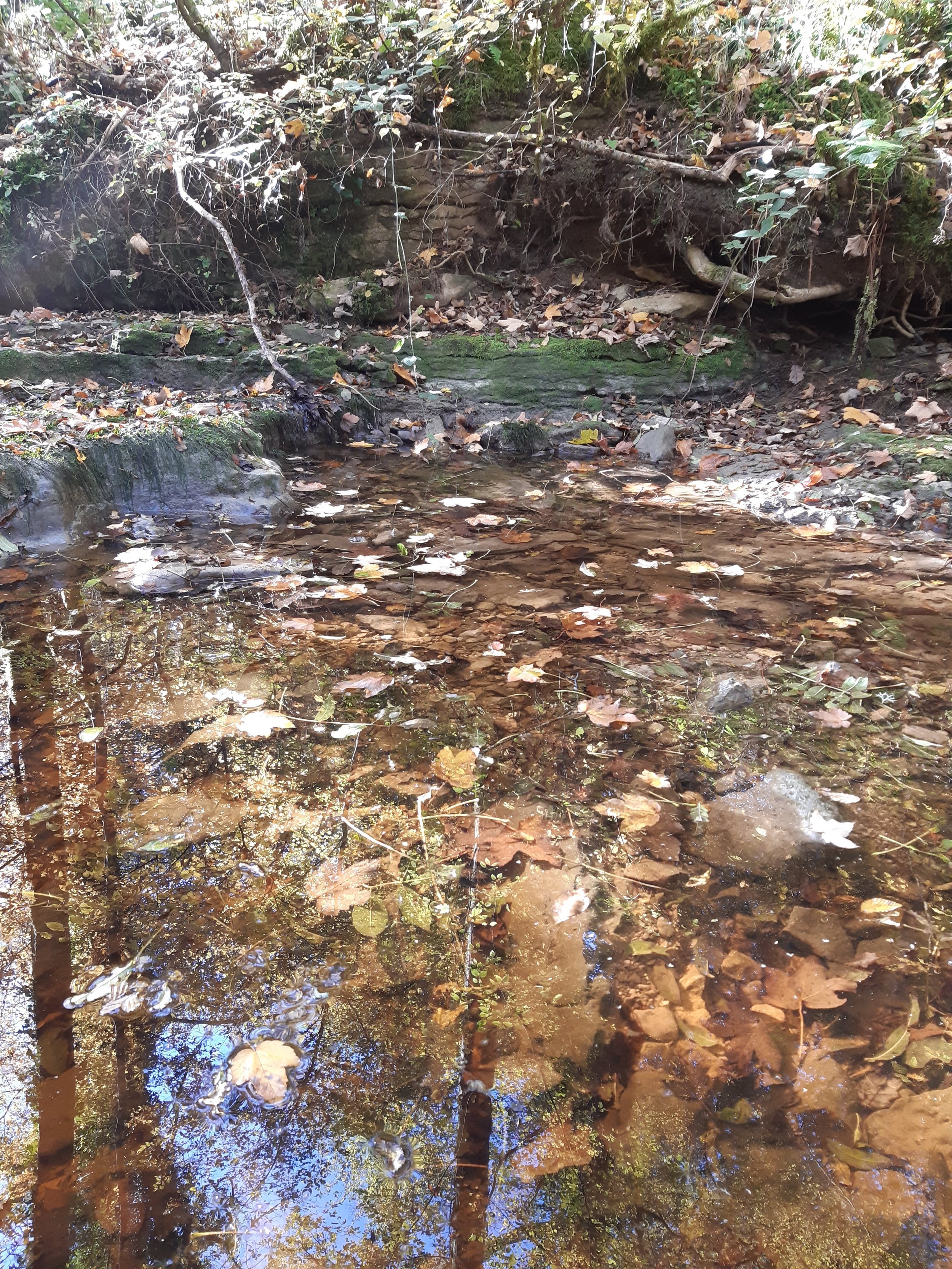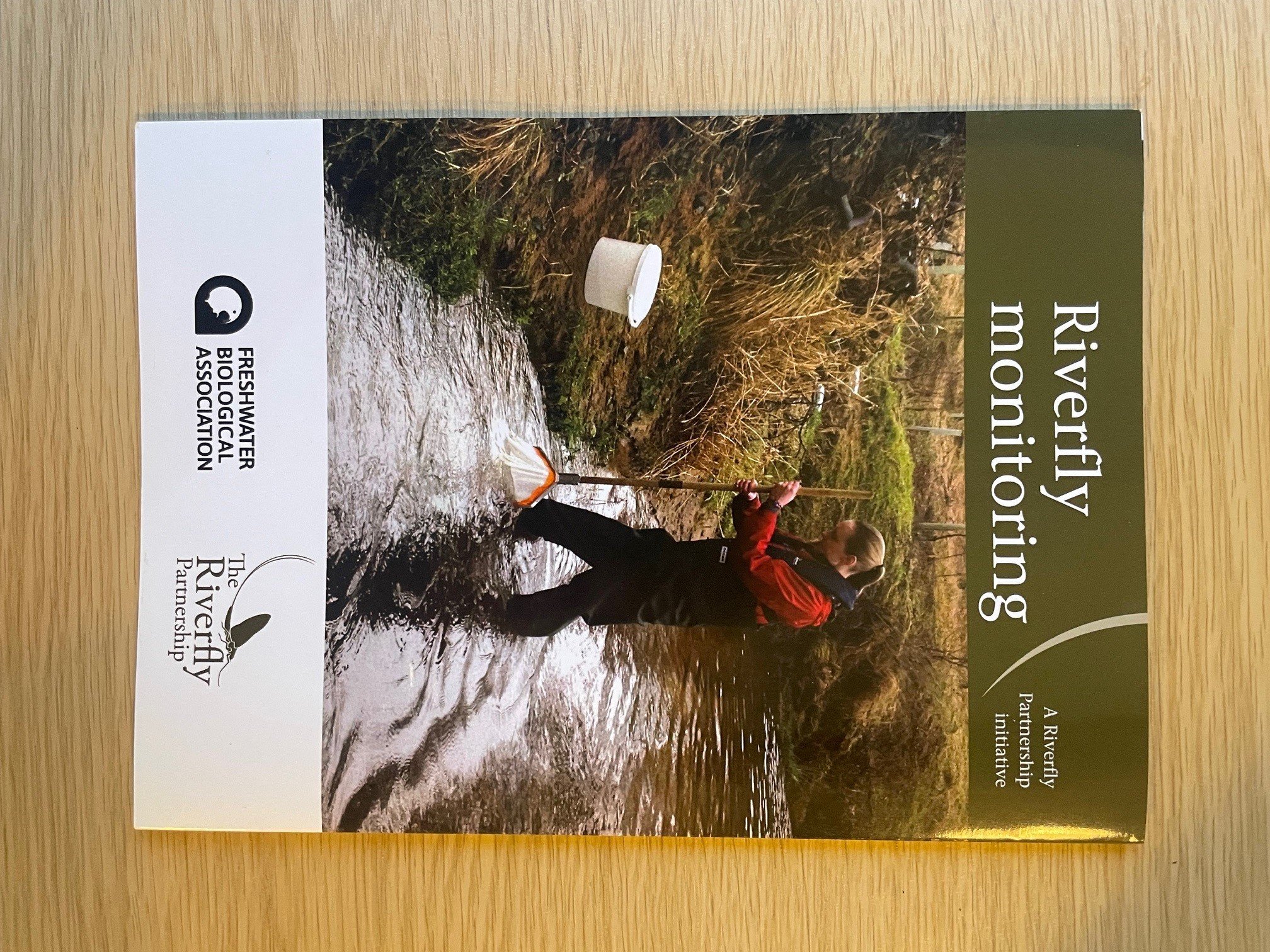Old paradigms, new uncertainties – what supports stream food webs?
9 October, 2023
By Alan Hildrew
School of Biological and Behavioural Sciences, Queen Mary University of London.
Alan Hildrew is Emeritus Professor of Ecology at QMUL and an FBA Research Fellow. He is a former Chairman of the FBA Council and President. His research interests centre around the ecology of streams and rivers.
Edited by Rachel Stubbington, Nottingham Trent University
Rachel is both a Fellow of the Freshwater Biological Association and long-standing Editor of FBA articles. If you would like to submit an article for consideration for publication, please contact Rachel at: rachel.stubbington@ntu.ac.uk
Introduction
For a long time, in my stream ecology classes, I told students that the animal communities of running waters were supported largely by imports of terrestrial plant material.
Under this narrative, leaf litter was softened and rendered more palatable by fungi and then consumed by ‘shredder’ invertebrates. This was the classic story of the ‘River Continuum Concept’ (Vannote et al. 1980) and ‘the fate of dead leaves that fall into streams’ (Kaushik & Hynes 1971).
Few processes in stream ecology can have been the subject of more student projects as placing leaf packs in mesh bags in streams and measuring the rate of mass loss. A decomposer food web, based on heterotrophic microorganisms and detritivorous animals feeding on imported organic matter, was the classic view of food webs in small streams.
In the head waters, at least, in situ primary production was thought to be limited by light and it was only further downstream that benthic algae and larger plants became more important and, even then, were consumed mainly as detritus. Fig. 1 shows leaf litter as a major food source available in streams.
Figure 1. Autumn-shed leaves on the stream bed (left) and a leaf skeletonised by shredding invertebrates (right). Photo credit: Romain Sarremejane
This all fitted nicely with the realisation that the overall energy budget of river ecosystems is usually strongly heterotrophic, the system importing and ‘processing’ much more fixed carbon than is produced via photosynthesis in situ.
The conventional story in large lakes, on the contrary, was of plankton-dominated systems, in which something like the ‘classic’ grazing food chain takes pride of place, with a trophic level of herbivores supporting progressively larger consumers and predators (an example of an equivalent benthic grazer in streams is shown in Fig. 2).
Figure 2. A second major food source for non-predatory invertebrates in streams and rivers: a stone surface bearing biofilm, being grazed by a baetid mayfly.
New approaches
Despite the substantial weight of evidence for this view of stream ecosystems, garnered over a period of 50 years or more, it is being seriously questioned by new approaches which suggest that algal carbon in headwater streams is much more important than previously thought. Two methods have been particularly influential (see Hildrew & Giller 2023).
The first involves the use of naturally occurring stable isotopes. The commonest in use are carbon (13C) and nitrogen (15N). Sometimes, allochthonous carbon (imported terrestrial organic matter) and autochthonous carbon (fixed by photosynthesis within the stream) have distinct ‘signatures’ (the relative amount of the stable isotope compared to the much more common 12C) that can be measured with a mass spectrometer. Comparison between the carbon isotope ratios of candidate food sources and animal consumers can then often indicate the source of carbon supporting their production.
The second new approach has been the use of food web markers such as fatty acids that vary in availability between food sources. With some caveats, comparison of the fatty acids in candidate food sources and consumers again can indicate the most important sources of dietary carbon being assimilated.
Recent papers
Two recent papers report on further efforts to resolve uncertainties about the support of freshwater food webs. The first, by Leal et al. (2023) is a metanalysis of the importance of allochthonous and autochthonous carbon, based on stable isotopes in 58 published studies incorporating thousands of measurements, and covering both lotic and lentic systems. The authors predicted that – following conventional expectations – the relative contribution of allochthonous carbon would be greatest in running waters. Somewhat disconcertingly, they found “exactly the opposite pattern”: running waters on average matched an autochthonous rather than an allochthonous signal.
The paper suggests many potential causes of this pattern, but the basic inconsistency between results and predictions remains. A major caveat centres around whether bulk measures of the stable carbon isotopic signatures of putative food sources offer an accurate picture of the resources actually being assimilated.
Offering an approach to answer this last question, Ebm et al. (2023) analysed compound-specific isotopic signatures of essential polyunsaturated fatty acids (PUFAs) of candidate food sources and consumers in headwater streams. Basal resources in stream food webs are often poor in long-chained PUFAs (LC PUFAs) whereas consumers are relatively enriched. This disparity can result from the endogenous conversion of shorter chained fatty acids (an ability not thought widespread) or from selective retention of LC PUFAs for specific physiological processes.
Algae were relatively rich in in LC PUFAs and the fatty-acid profile of their grazing invertebrates resembled benthic algae rather than allochthonous carbon. Shredders and detritus feeders were poorer in LC PUFAs but closer to the profile of conditioned leaves (i.e. those with a biofilm containing algae) but not of unconditioned leaves.
Conclusions
This provides further evidence for the widespread support of stream food webs by algal production. It could also suggest that the so-called ‘brown’ (detritus-based) and ‘green’ (algal-based) food webs are much more closely intertwined than we thought. Dietary flexibility, seasonal variations and the intimate exchange of essential materials between photosynthetic and heterotrophic microbes may be prominent. Analysis of specific dietary markers, using sophisticated analytical methods such as those used by Ebm et al. (2023) evidently offer a positive way forward to answering such questions.
Photo credit: Romain Sarremejane
References
Ebm, N. et al. 2023. Compound-specific stable isotopes resolve sources and fate of polyunsaturated fatty acids in biota of headwater streams. Freshwater Biology 68: 1093–1106. https://doi.org/10.1111/fwb.14088.
Hildrew, A.G. and Giller, P.S. (2023) The Biology and Ecology of Streams and Rivers. Oxford University Press, Oxford, UK.
Kaushik, N.K. and Hynes, H.B.N. 1971. The fate of dead leaves that fall into streams. Archiv für Hydrobiologie 68: 465–515.
Leal, J.S. et al. 2023. Global and local drivers of the relative importance of allochthonous and autochthonous energy sources to freshwater food webs. Ecography 4: e06612. https://doi.org/10.1111/ecog.06612
Vannote, R.L. et al. 1980. The River Continuum Concept. Canadian Journal of Fisheries and Aquatic Sciences 37: 130–137. https://doi.org/10.1139/f80-017
Further reading
The Freshwater Biological Association publishes a wide range of books and offers a number of courses throughout the year. Check out our shop here.
Get involved
Our scientific research builds a community of action, bringing people and organisations together to deliver the urgent action needed to protect freshwaters. Join us in protecting freshwater environments now and for the future.
